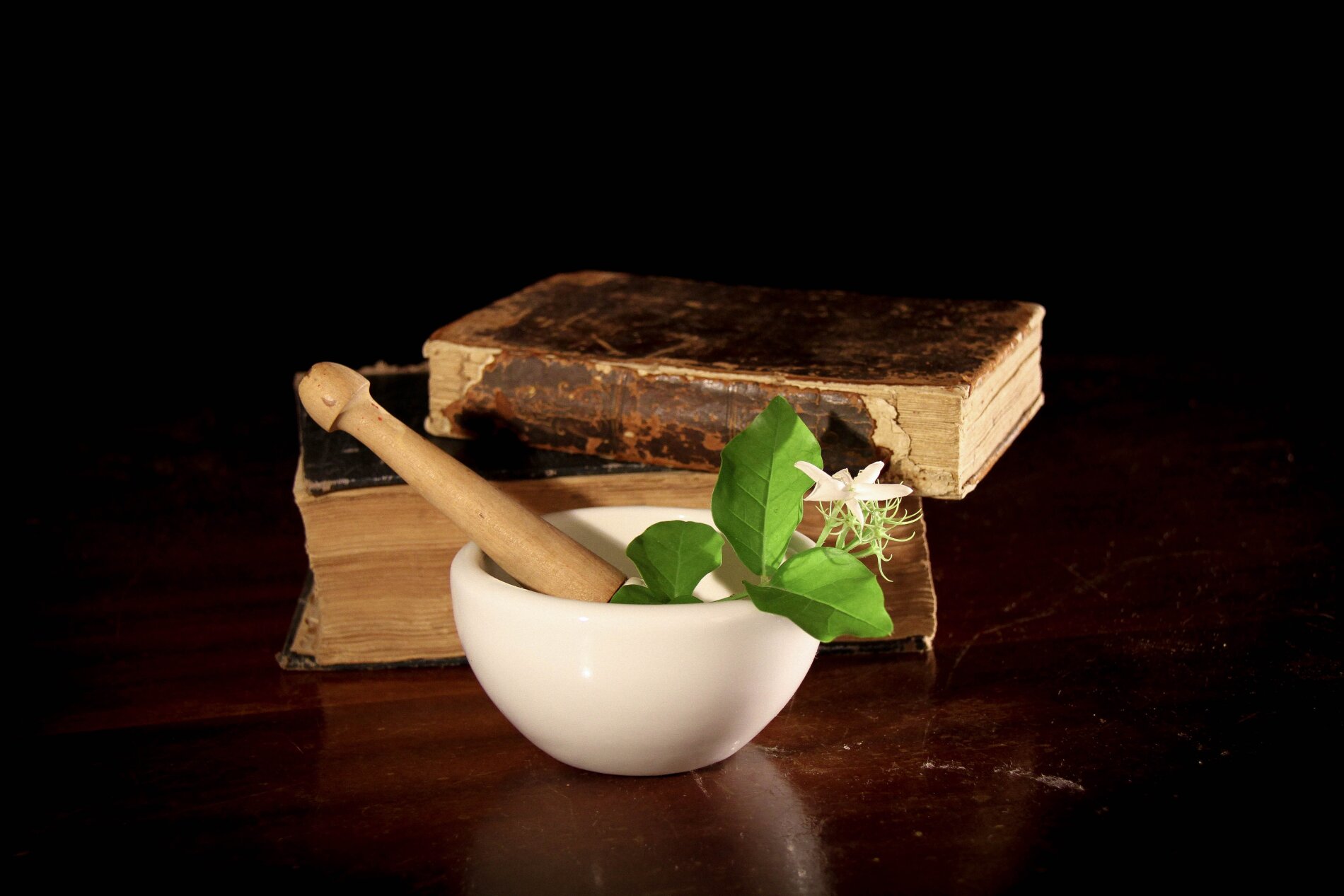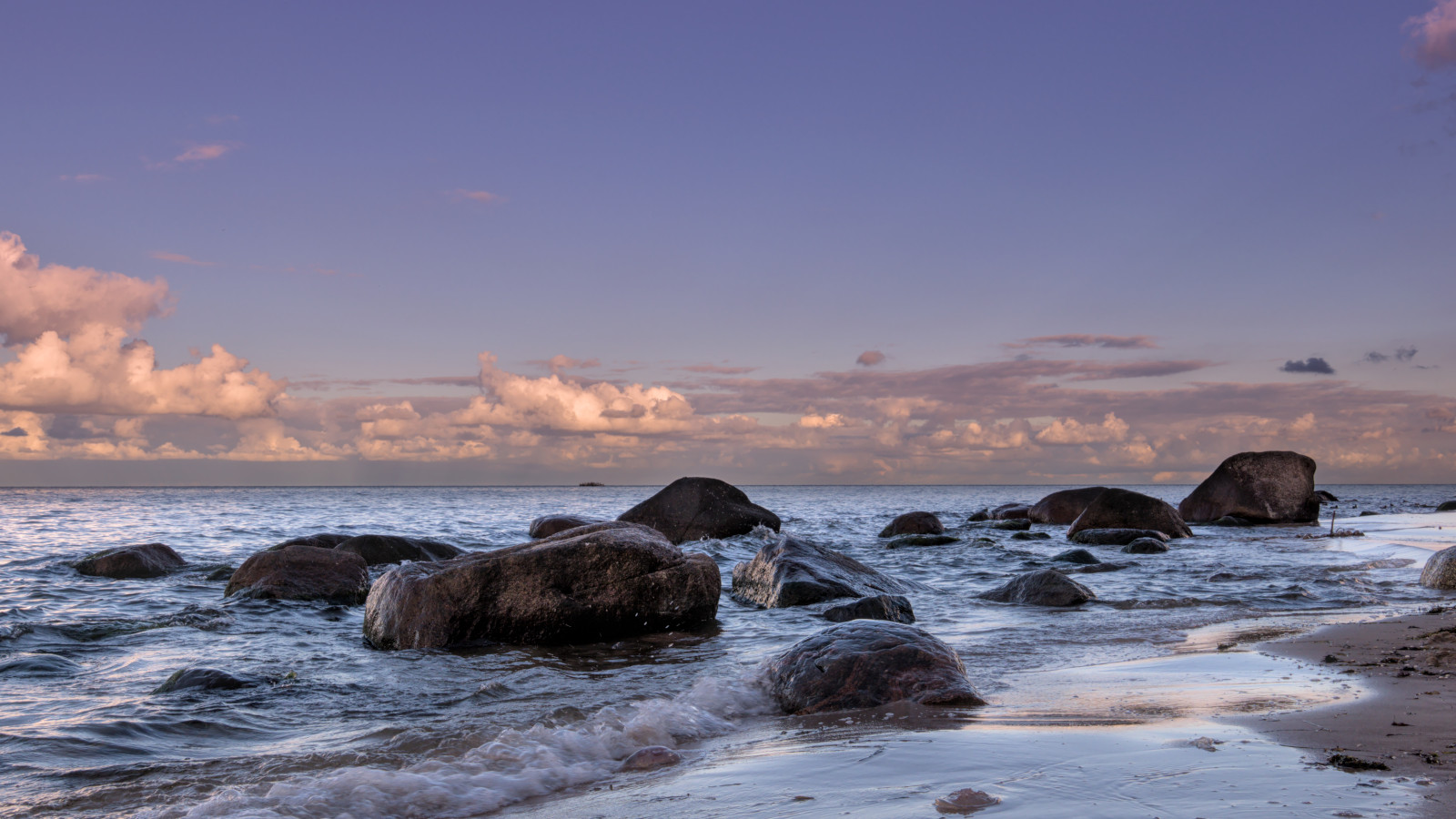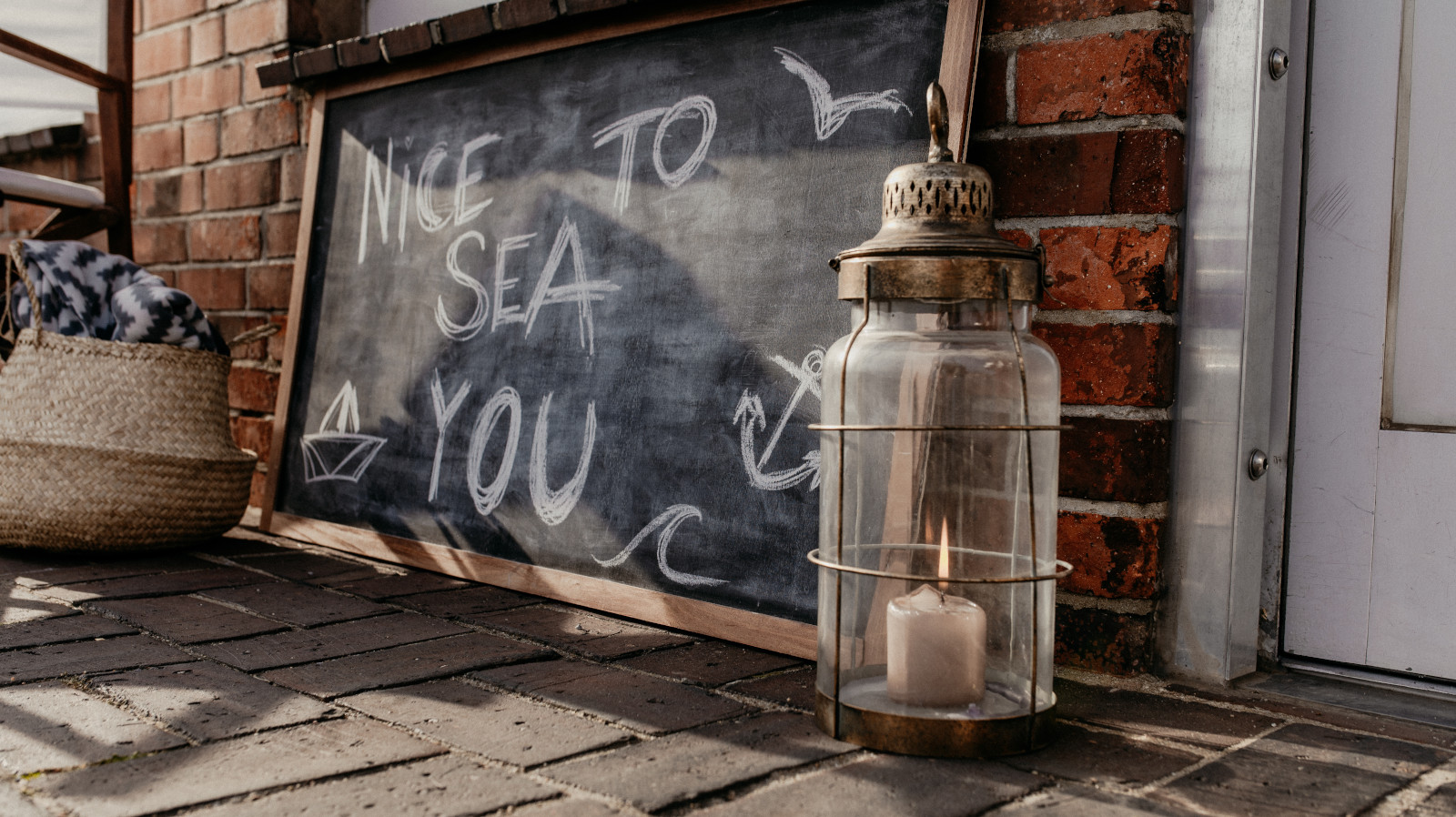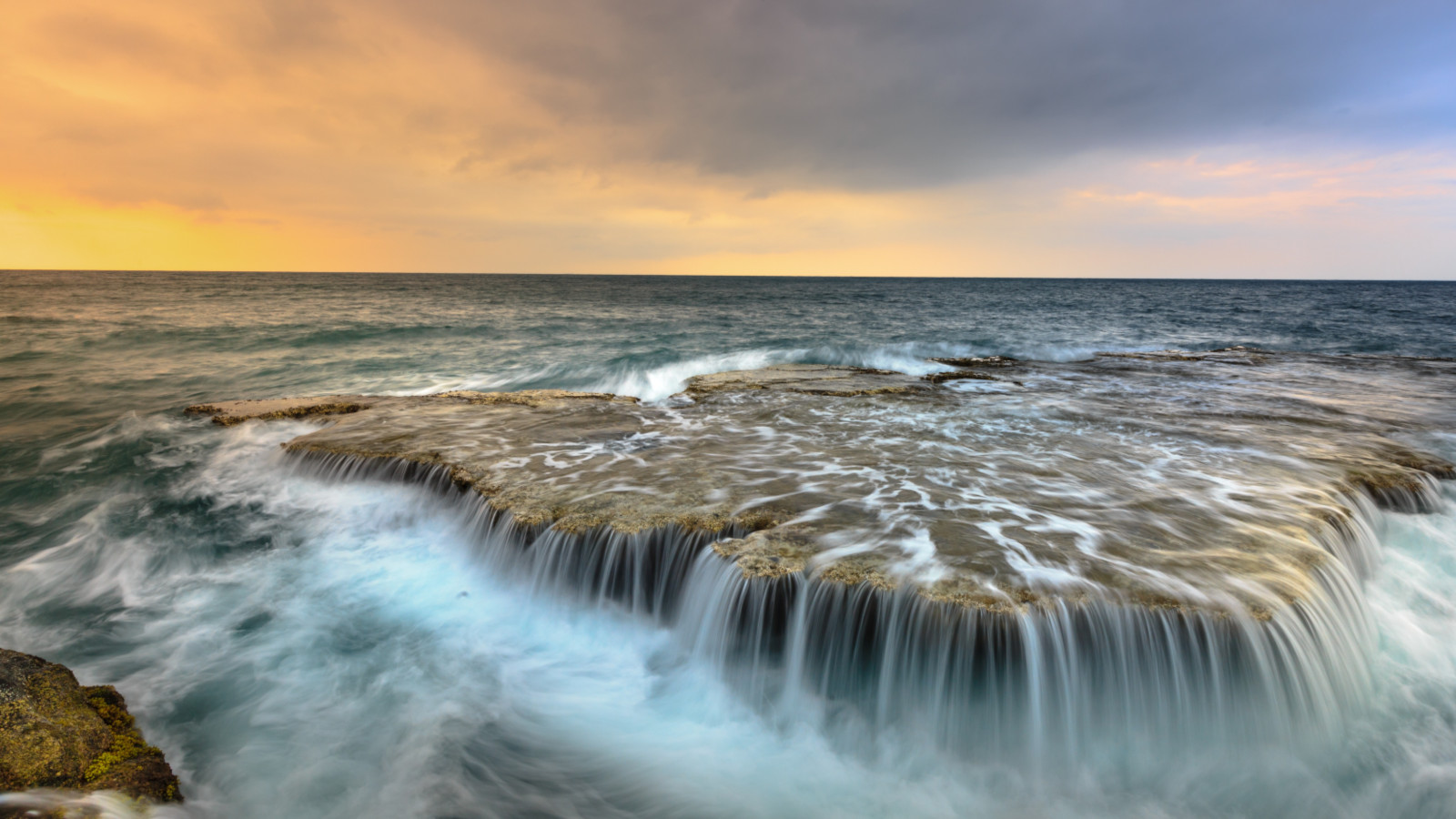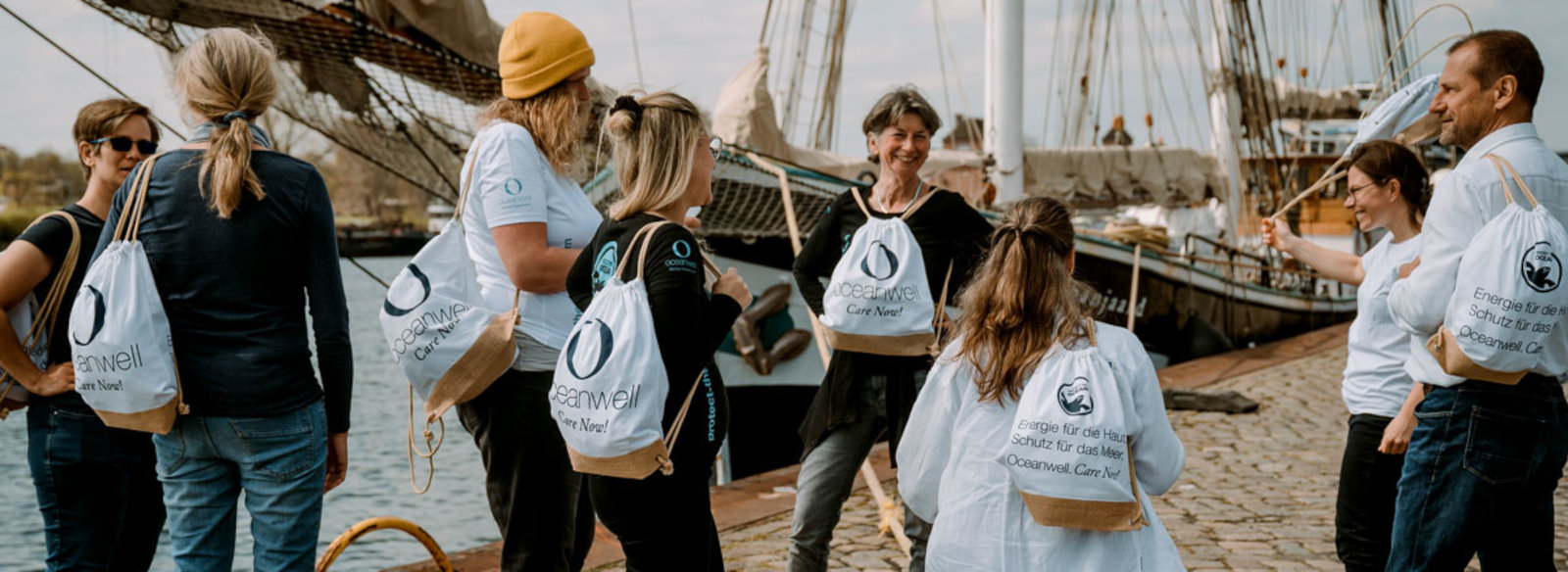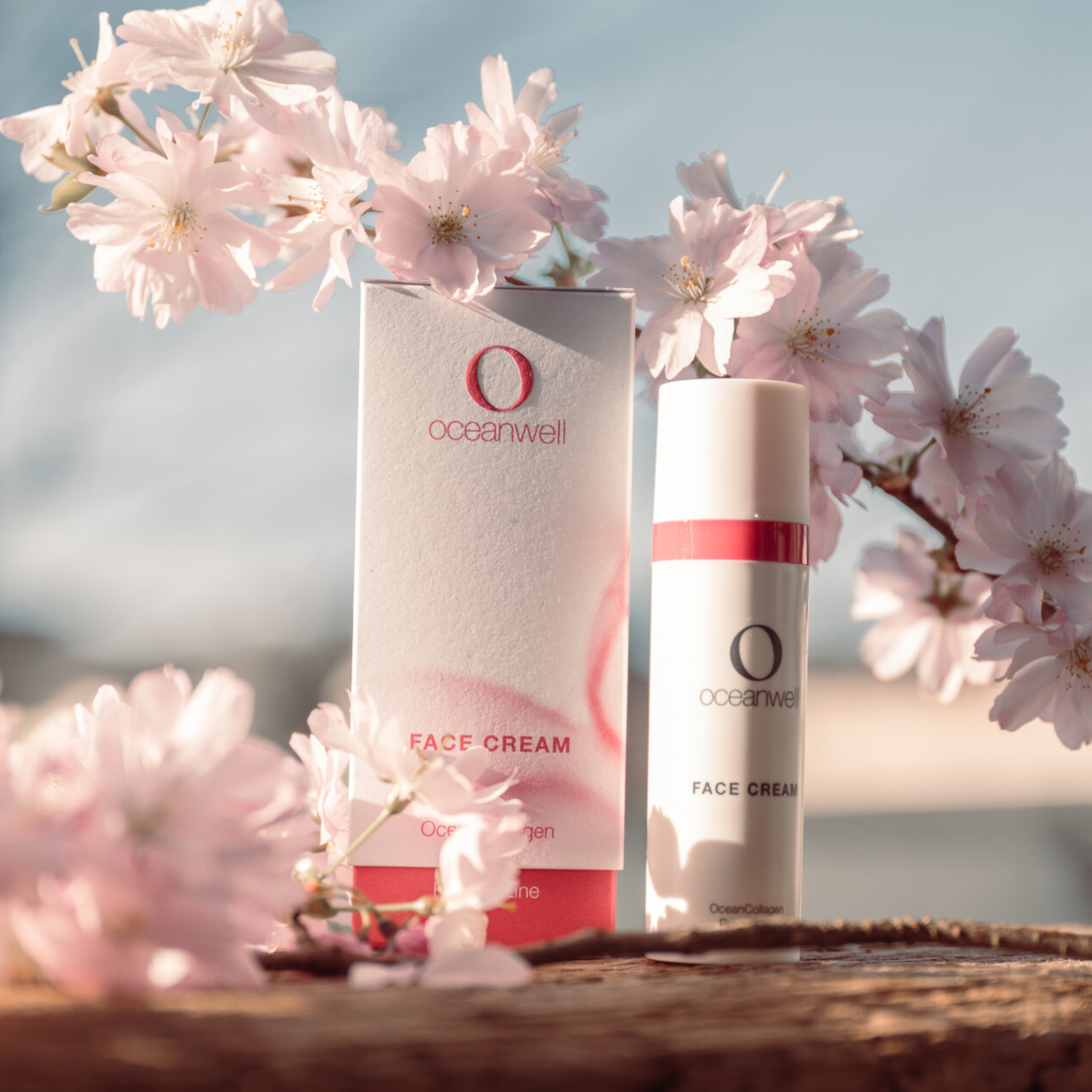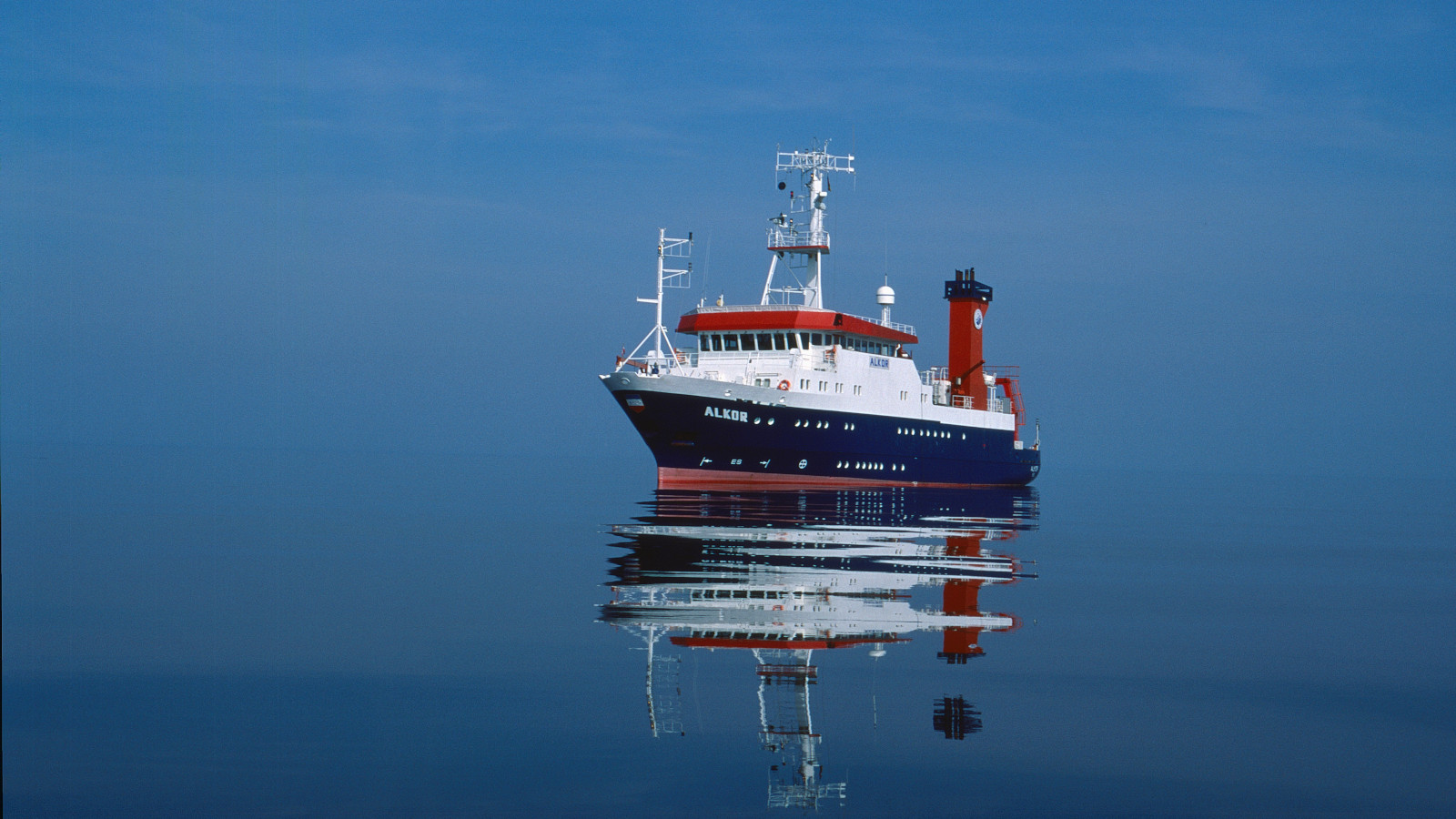
A little oceanography
Every day we get a lot of questions about the sea. This gave us the idea of collecting these questions, answering them and summarising the answers in a "little oceanography".
If this doesn't satisfy your hunger for knowledge - you can find more information on exciting marine topics in our Oceanblog or in our podcast "Meeresrauschen" (also available on Spotify and Apple).
Have fun and stay informed!
Frequently asked questions about the sea
Census in the sea
What circuit boards are to computers, biodiversity is to biotechnology.
Impressive biodiversity is one of the foundations for the next great economic cycle, which well-known economists see as being based in biotechnology, nanotechnology and health skills. We already use only a tiny part of this wealth as food or for cosmetics production - mostly unsustainably and moderately intelligently, as the example of the overfishing of many fish stocks shows. Biodiversity carries within it the potential for the therapy of diseases of all kinds and for preventive health measures. Also based on the figures produced by the "Census", one can calculate the economic value that this potential has:
The value of the therapeutics against cancer alone, which still lie dormant in marine organisms, is estimated at up to 4 trillion euros (Erwin et al. 2010). Measured in terms of the share of oncology drugs in the total pharmaceutical market Gesamt-Pharmamarkt , the economic potential is probably 60 trillion euros. Note: this calculation does not include the use of living marine resources as food (supplements) and for cosmetics, biotechnology or medical products. The economic potential is therefore likely to be much higher. By way of comparison, the value of the oil in the Earth's deposits (approx. 300 billion barrels (ca. 300 Milliarden Barrel)), can be put at 25 trillion euros.
The goal of oceanBASIS, the company that invented the maritime natural cosmetic "Oceanwell", is the sustainable use of this treasure chest for health. Knowledge about the material composition of this biological diversity, but also about the interactions of organisms and molecules and their sustainable use is the key to this treasure chest.
In his book "The Fractal Geometry of Nature", the chaos theorist Benoit Mandelbrot described the following phenomenon:
If we look at the rough structure of the coasts, i.e. large bays and side seas, their length is much smaller than if we also look at the smaller bays.
If we were also to include the outlines of individual pebbles and grains of sand, and even atoms or subatomic structures, the coastline would be almost infinite.
Mandelbrot only used the problem of determining coastline lengths as a starting point to show a possible application for fractals. However, many non-scientists saw in the article a proof that the coastline length becomes arbitrarily large if it is determined precisely enough.
However, the practical application of this approach has no meaning in the real world, if only because the definition of the coastline cannot be determined with arbitrary precision due to the changing water level. In nature, the self-similarity of structures only applies to a limited number of levels and not to infinitely small structures. For this reason, too, one cannot conclude that coastlines are infinitely long.
In practice, one makes do with the definition of scales:
Looking at the continents, an average scale of 1:200,000 yields the following values:
- Europe 37,200 km
- Asia 70,600
- Australia 19,500 km
- America 104.200km
- Africa 30,500 km
- Antarctica 24,300 km

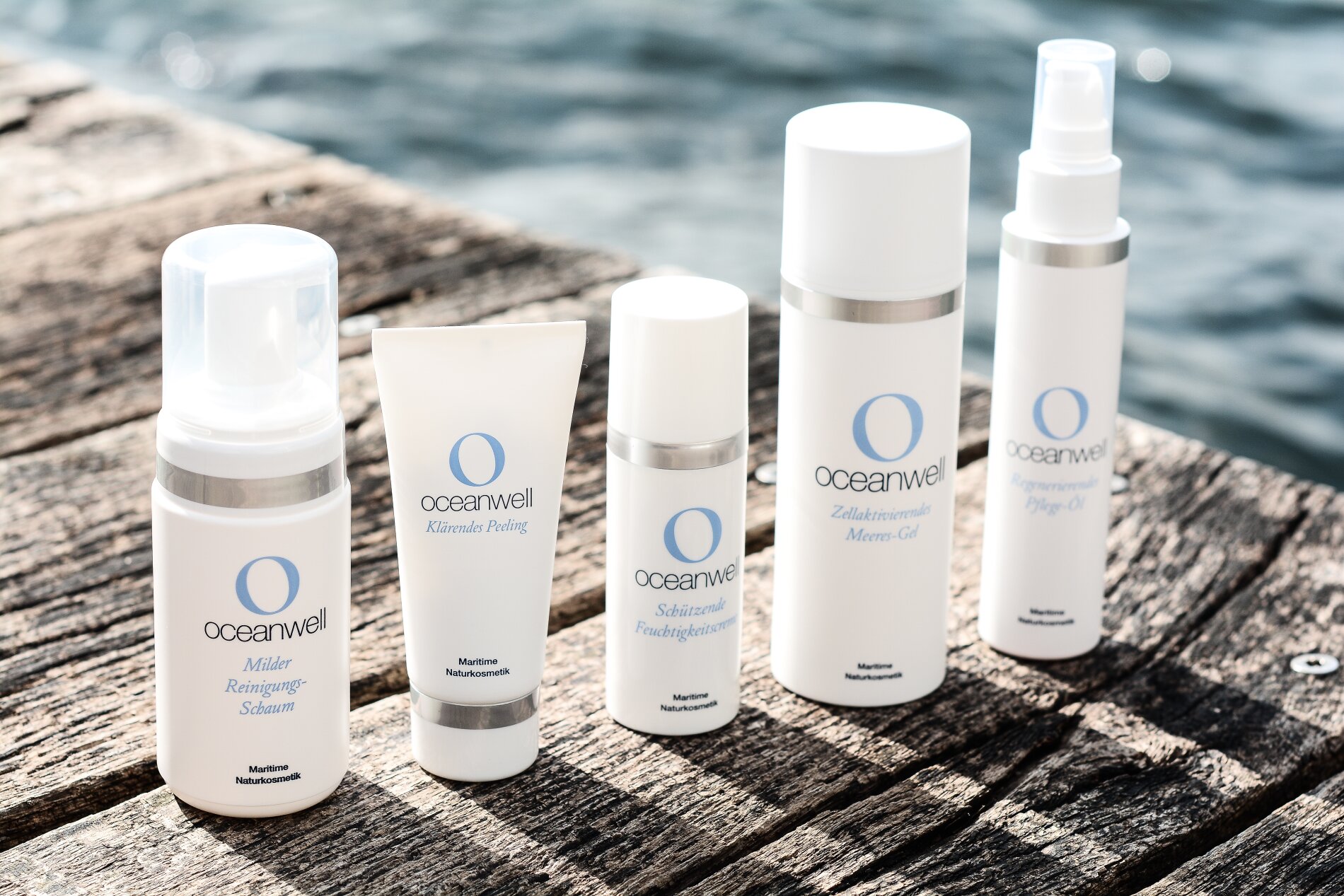

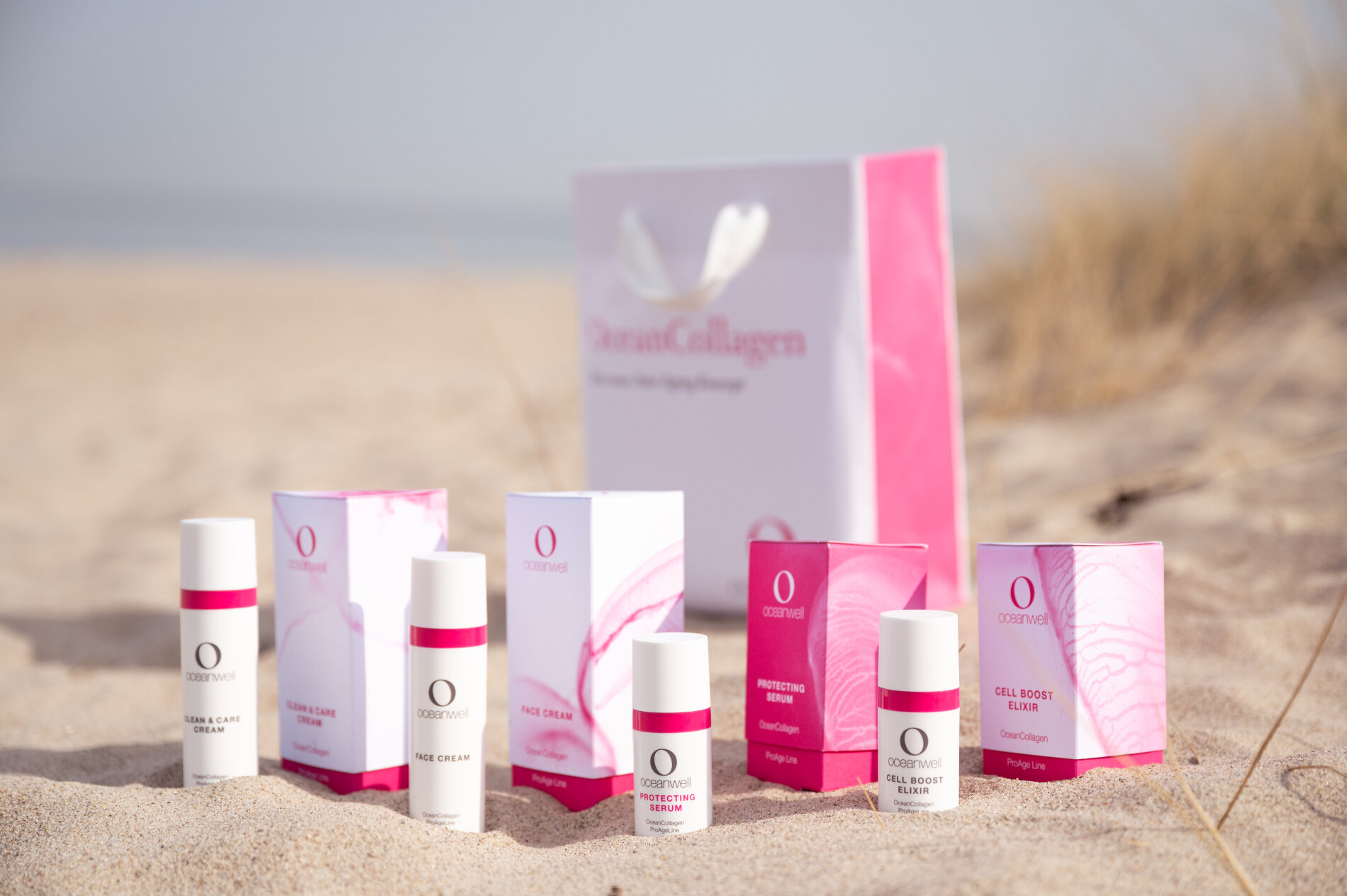
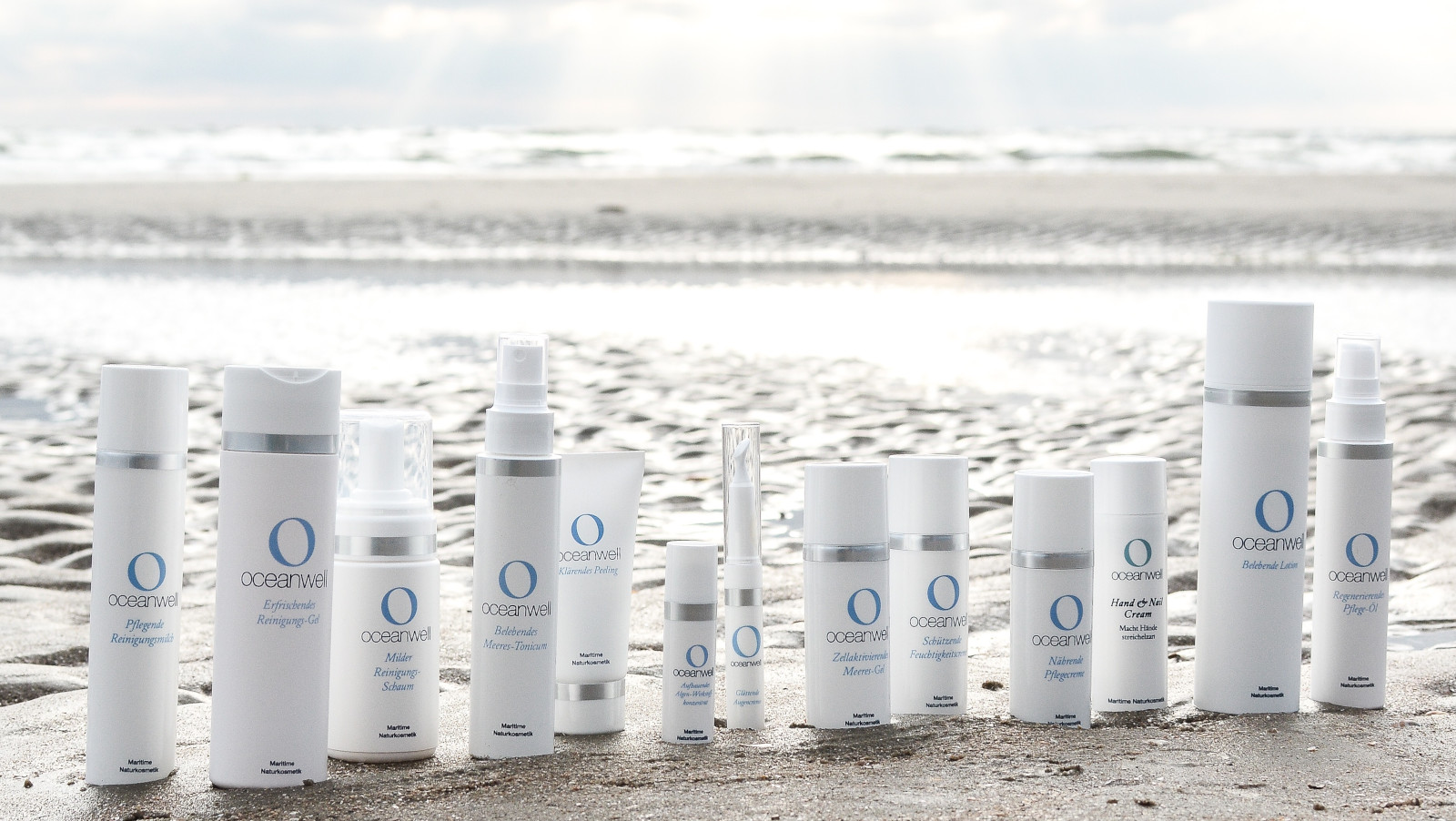

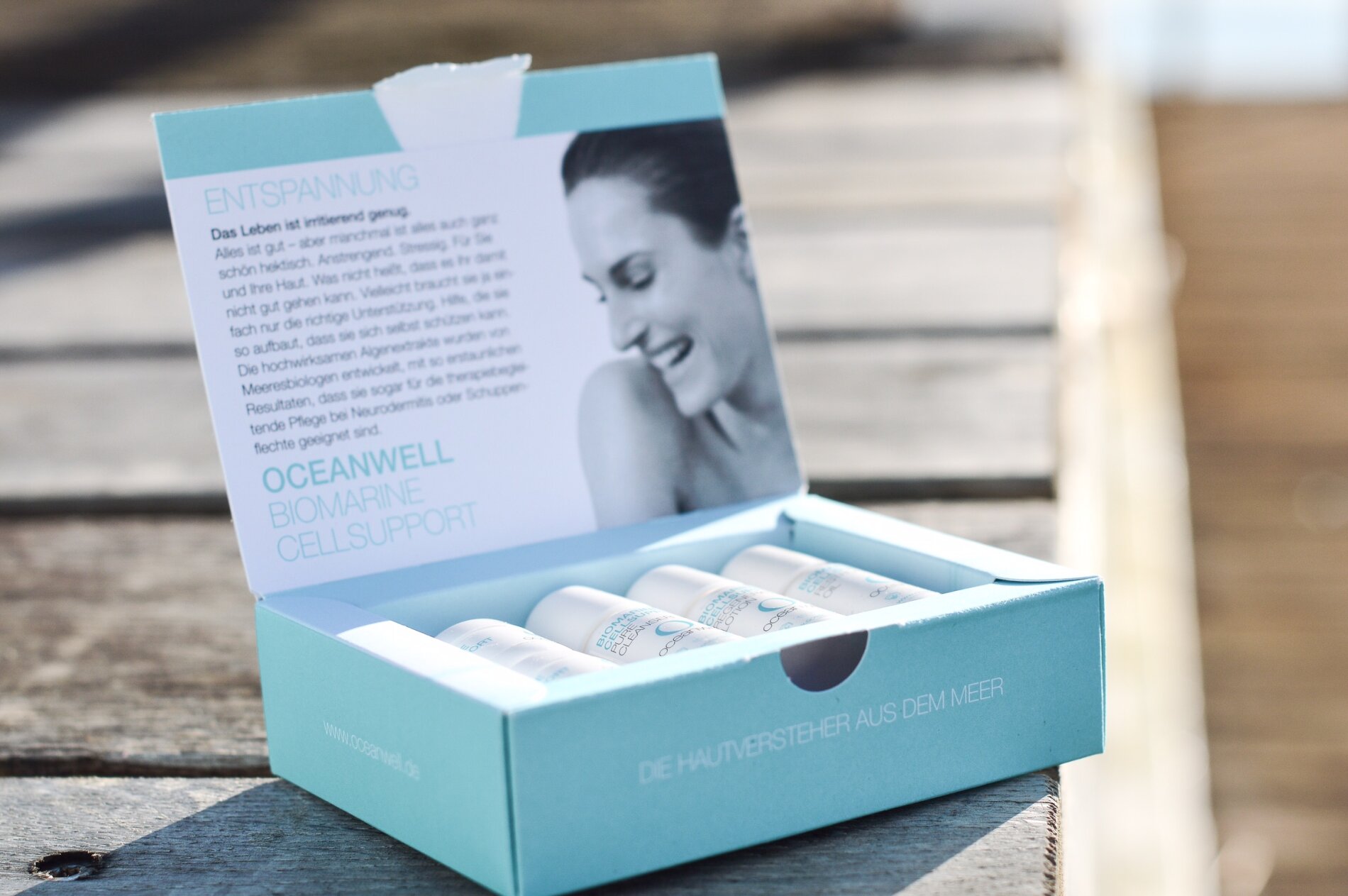
.jpeg)





